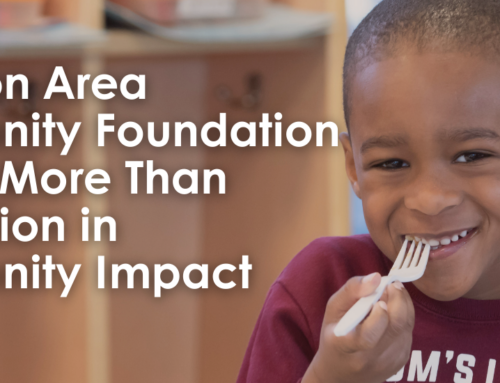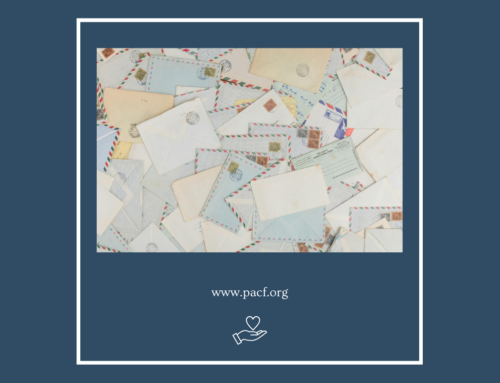Last week, the Hurricane Sandy NJ Relief Fund announced its first grants: $1 million in aid to six counties along the shore. The funds will be managed by local Long Term Recovery Committees, which have been organized to coordinate aid including home rebuilding, mold remediation, and other hands-on assistance to residents affected by the storm.
A second wave of grants totaling $5 million, open to all nonprofits engaged in the recovery effort and focusing on four key areas (housing assistance, social services, financial and legal aid, and economic/workforce development), has attracted over 100 applications in advance of the March 15 deadline.
Since its inception last November, the Fund has been in the spotlight owing to the political profile of its Chair, Mary Pat Christie, and the celebrity status of an advisory board that includes Bruce Springsteen and Jon Bon Jovi. After amassing more than $32 million in donations, the Fund raised a few eyebrows along with a few questions:
Was it wise to start a nonprofit from scratch to raise money for storm victims—to staff and train an entirely new organization without prior grantmaking expertise instead of partnering with an established philanthropy?
Was the Fund clear enough about its priorities and plan of action at the outset—a long-term approach that is focused on providing sustained aid that will help to bridge the gap between government and insurance payouts and the ultimate cost of the storm to our state?
A report and interview with Mary Pat Christie in the Asbury Park Press suggests that, whatever the initial hiccups, the Fund is now moving decisively, with a structure in place to promote accountability and efficiency in its grantmaking.
After any natural disaster, an initial wave of funding and relief from government, the Red Cross, and other agencies subsides once the immediate needs are met. The media’s attention goes elsewhere, and long-term problems can linger. Government funding may be limited to rebuilding, leaving the issues of planning for the future unaddressed. There is so much work to be done to build our state back better prepared for the next disaster. Philanthropy can provide the flexible funds to fill in the gaps – to make our recovery not just about back to normal, but about coming back stronger, safer and with opportunity for all of our residents.
The Hurricane Sandy NJ Relief Fund is well positioned now to help New Jersey rebuild in smart ways, to prevent and prepare for future disasters, and to fund other important long-term projects. We will be following, and rooting for, their efforts.





